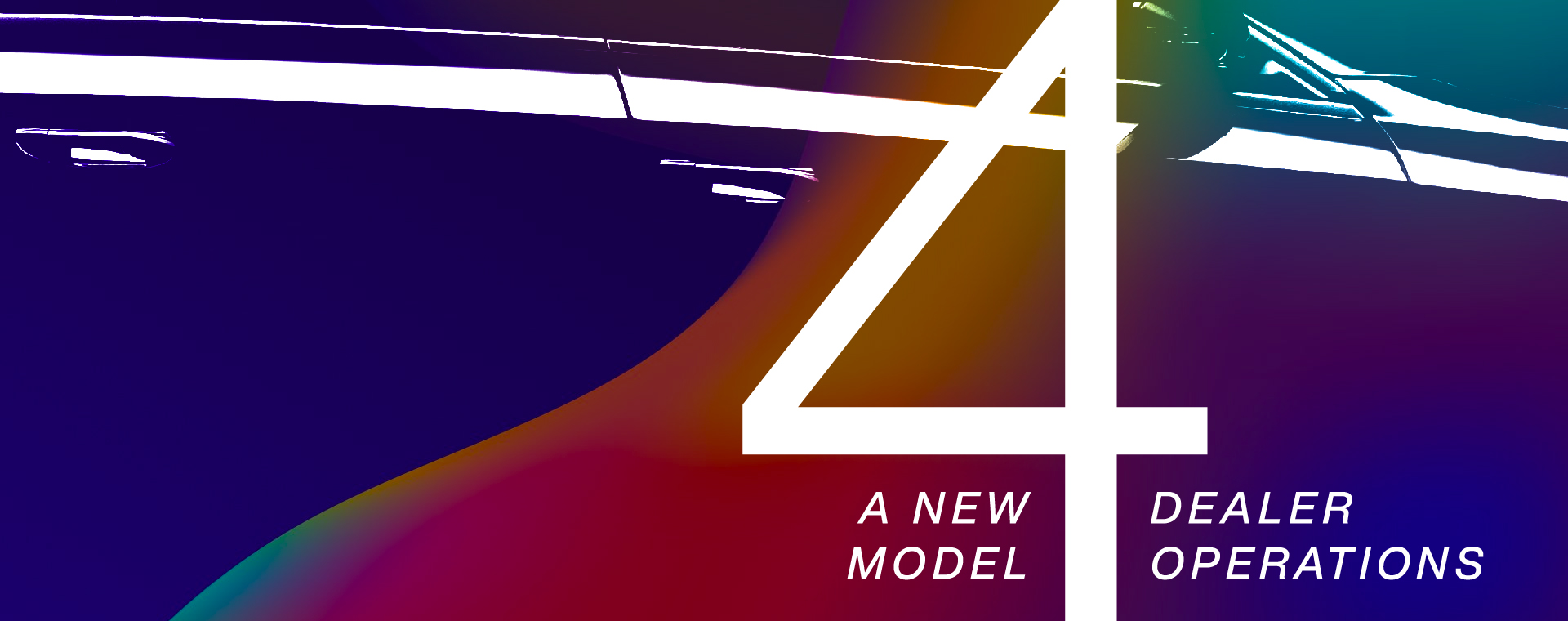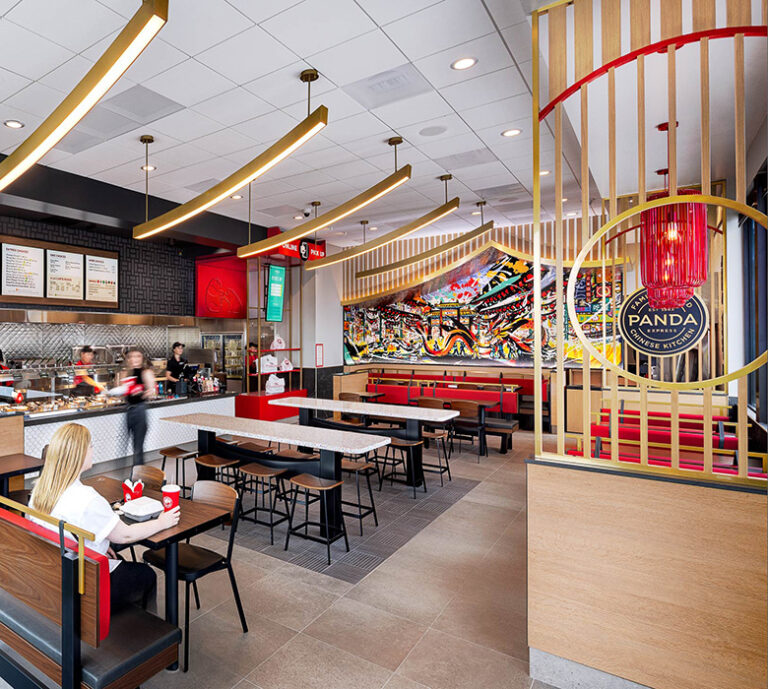As we enter this new year, full of hope and the scars of 2020, we’ve reflected on our pre-pandemic predictions and how they align with today’s realities. In this three-part series, our CEO, Lee Carpenter, and Executive Director of Strategy & Insights, Bill Chidley, share their perspective from 2018 on the unprecedented change the auto industry has seen in the digital age. After looking back, the fact is the customer has been asking for change for a long time. It’s now time to leap forward in a way that isn’t reactionary.
Future dealership operations will need to be adaptive and flexible for an evolving industry and ongoing digital transformation. It will need to maximize investments in what matters, cut out what doesn’t, and enable a highly branded, more digitally engaging, and personalized retail experience that adds value beyond transactions.
Digitally Responsive
Our vision for a dealer operation of the future acknowledges and builds upon the widespread Digital-First entry point into engagement for shopping, buying, and servicing vehicles. Regardless of how – mobile, tablet, desktop, or voice assistant–buyers and owners interact with technology to shop, select, and schedule an encounter with the dealer on their terms. Unlike the current operating model that centers on the dealer facility as the primary point of engagement, the Digital-First approach emphasizes its role as a destination for an appointment or mission. The digital encounter must trigger a response by a network of assets to uniquely accommodate the customer and optimize sales and service resources.
Centralized Inventory
Because new and pre-owned inventories are browsed online and sales appointments scheduled, the need for outdoor display and acreage requirements at the facility are reduced. Lower cost, central locations can store vehicle inventories where they can be kept indoors until expedited for appointments or promotions. The dealership can dedicate a higher proportion of interior showroom space to display a broader range of models, better merchandise features and technologies, and change the ethos from selling and closing to consulting and engaging. And low inventory requirements open the possibilities for small-site satellite locations that can provide more accessibility and market coverage for sales and service.

New Dealership Experience
The future dealership will become a center for an immersive brand experience versus an inventory-driven selection experience. New spaces and functions, modeled on the Apple Store’s Genius Bar idea, can be introduced to de-complicate vehicle technology and change the new vehicle delivery process. Opportunities to educate owners, update software, and trade-up to premium services and subscriptions can exist in an inviting environment that augments the traditional notion of a service department. The dealership is transformed into a retail and hospitality inspired brand touchpoint that successfully merchandises product innovation, compliments new buying behavior, and builds stronger customer relationships.
Off-premises sales and service
It is time for a more aggressive approach that encompasses new vehicle sales and service. It enables concierge-style, off-premises interaction that extends the role of the dealer beyond the facility. Innovating the operational model means sales and service appointments can be better managed. Dealer resources are optimized by providing convenience options that minimize peak demand times – engaging customers where they want when they want. Car pick -up with loaner drop-off, enabled by central “commissary” service facilities and satellite centers near busy rail stations, airports, and dense urban centers, will de-stress the main flagship facility and increase service bay utilization overall.
Pop-up Stores and New Brand Experiences
Upgrading the Digital First touchpoint’s role and functionality and responding to prospects through centralized inventory and digital infrastructure, can also enhance the power of non-traditional sales environments and “pop-up” venues to drive productive sales follow up. These experiences encourage browsers to engage with displays tied into the dealer’s digital network, experience VR and augmented reality interactions, search inventories, and opt-in to sales dialogues that lead to appointments at the dealership or wherever is convenient.
Next week, we’ll explore the next level and a path forward in Part 3 of this series, focusing on smart dealerships and creating an omnichannel experience. Part 1: The Case for Change is available here.



